A light weight, superb function, and smart design get this semi-auto from Beretta off to a flying start. How will the rest of the test go?
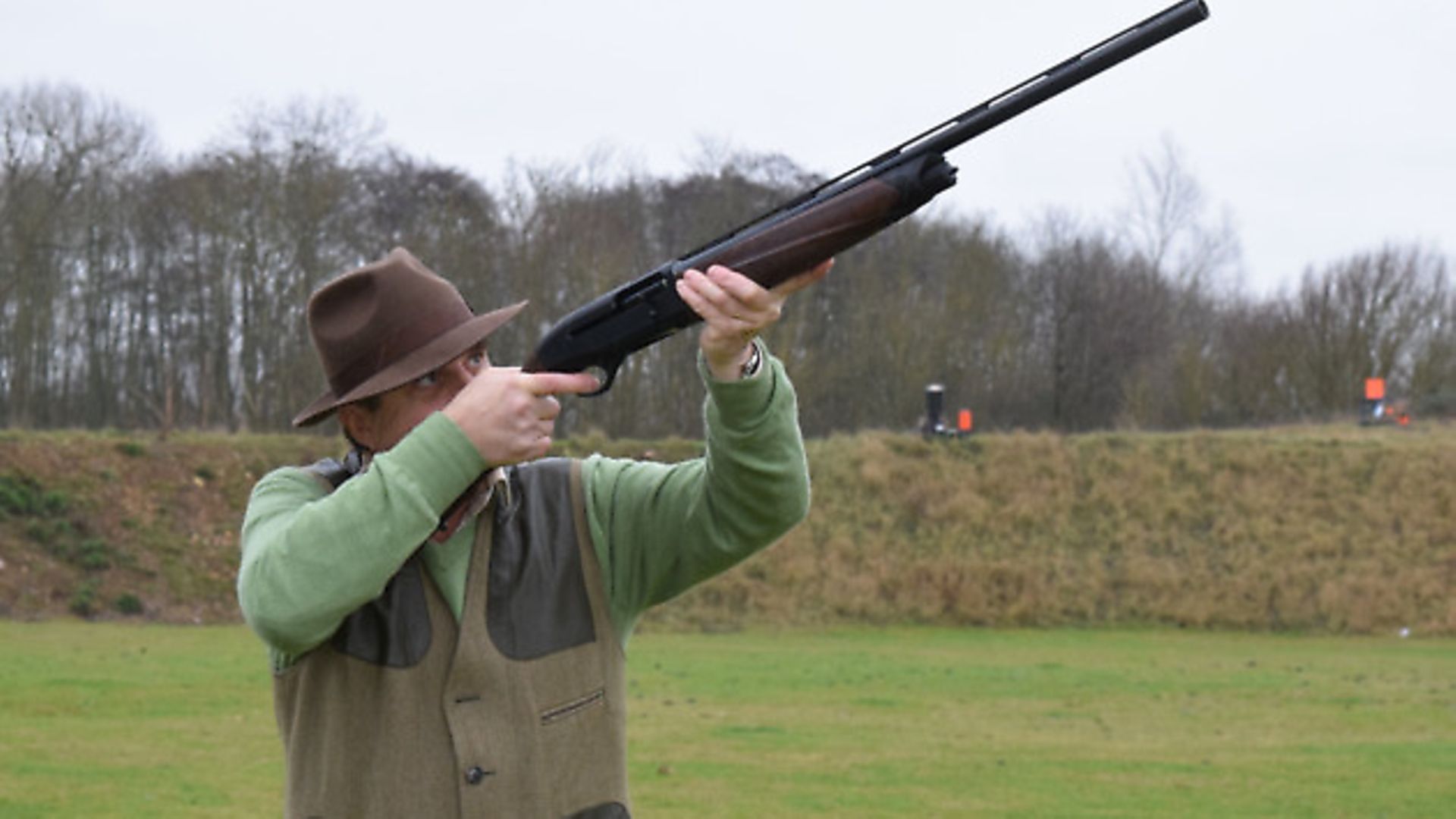 credit: Archant
credit: Archant
Specification
Make: Beretta
Model: A400 Ultra Lite
Bore: 12
Chamber: 3” (70mm)
Barrel: 26” Opti-bored with concealed Opti-chokes
Rib: 6mm carbon fibre
Weight: just over 6lbs
RRP.: £1,740
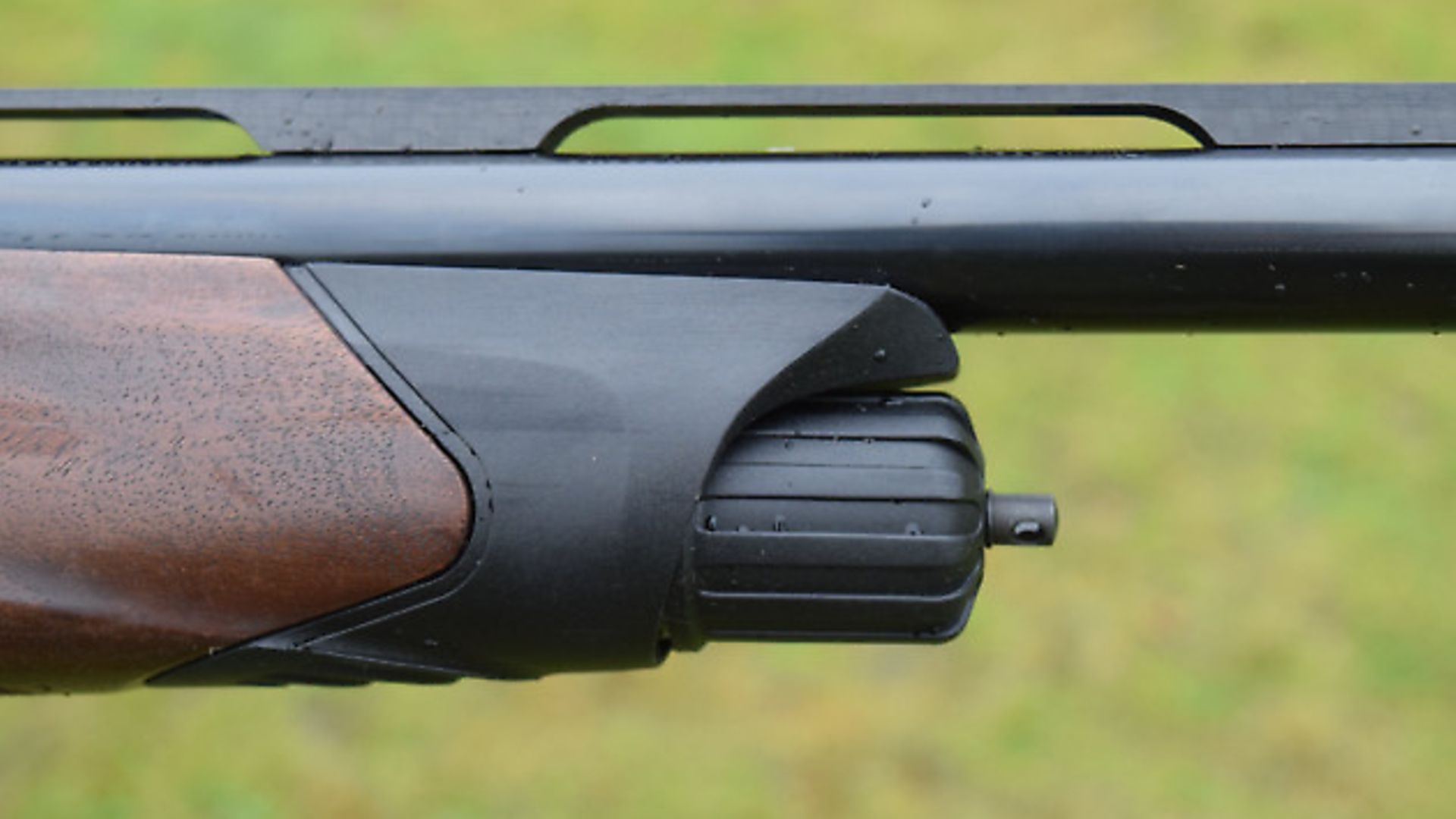 credit: Archant
credit: Archant
Shooting Impressions
I am particularly interested in this sort of gun and was really keen to find out how it performed. Sadly, the weather was not with me - it was pouring down! This did, however, make conditions realistic as one might expect this gun to be used in hide or on marsh. I did not shoot at that many birds, but I shot at a few stomping targets simulating high duck and pigeon. I was not especially in the mood because of the inclement conditions but the Beretta didn’t miss a beat or a bird. It shot instinctively and very well. There was less vibration evident than in some A400s and I put this down partly down to the new Blink bolt assembly. I used the standard test load for autos - Lyalvale Express HV 28. There were no malfunctions at all, but recoil was quite heavy as one might expect in such a light gun. Nevertheless, I thought this an outstanding auto-loader. The design, function and looks are A1.
My thanks to Lyalvale Express for supplying the ammunition used in this test.
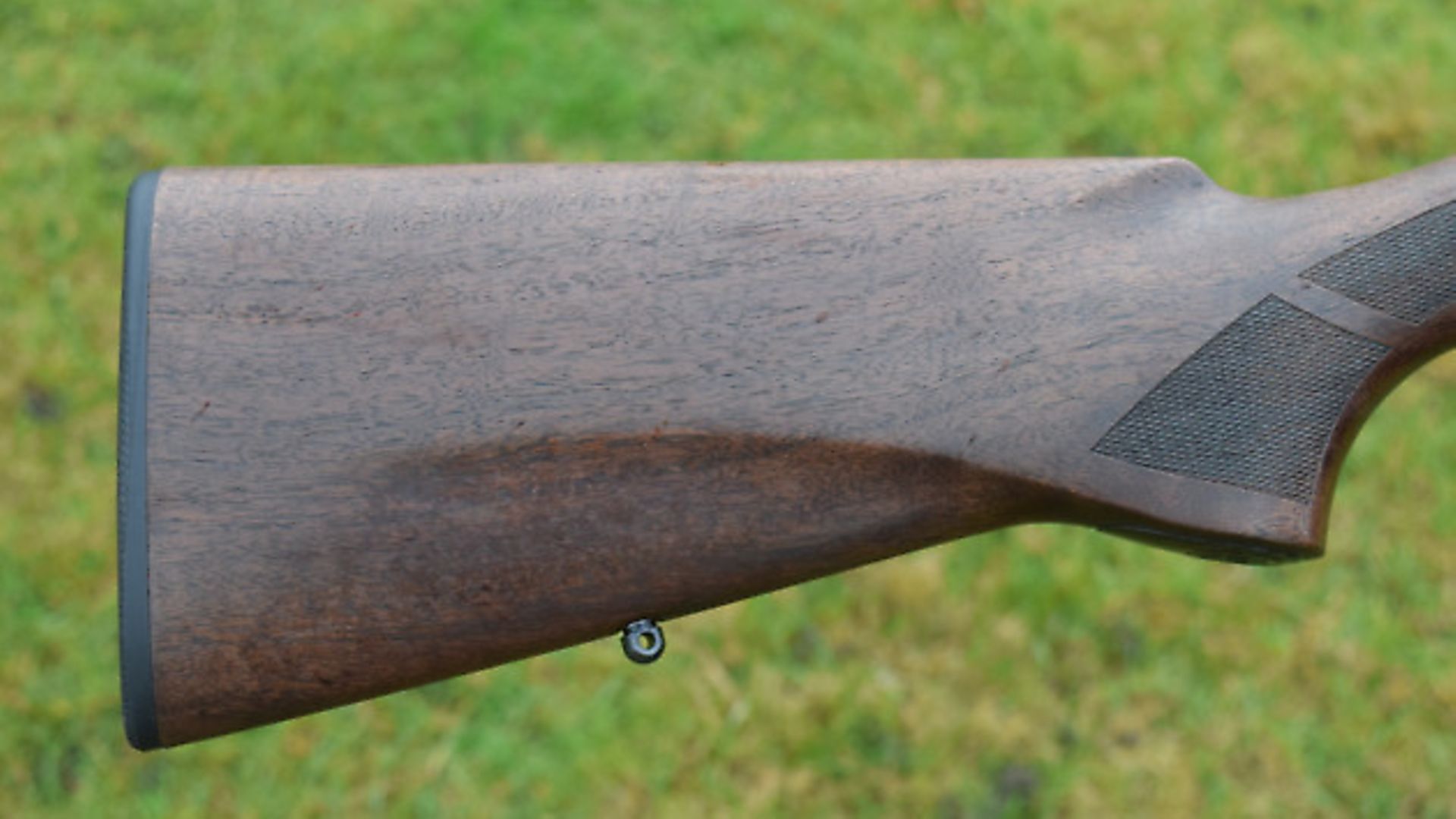 credit: Archant
credit: Archant
Technical
The barrel of the test gun, which has an internal diameter of 18.6mm (a wider bore being well suited to wildfowling loads with bigger pellets) is made from high-tensile chrome moly steel. It is proofed for 2¾” (70mm) and 3” (76mm) loads. I am sure, like most Berettas, it will prove near indestructible, though I wonder how the carbon-fibre rib will fare over time. There is a translucent red rod in the usual skeletonised carrier at the muzzles. There is nothing wrong with this either, but my preference would be for metal bead on a field gun because it is tougher. I find the red rod ones usually get knocked off eventually.
The gun has a redesigned gas system, as noted, with a new split ring valve and smaller piston. Beretta claims faster cycling, less recoil and cleaner operation. Less gas is required to cycle the action now and the mechanism cycles faster. There is no ‘rat’s tail’ at the end of the bolt, nor a tube and sprung plunger that you used to find inside the stock of many Beretta semis. The so-called Blink arrangement dispenses with them and also makes use of a rotating bolt head (which was previously seen in some models) and is reminiscent of the Benelli intertia system (this gun is still traditionally gas operated).
A short steel cocking sleeve runs on the outside of the mag tube and twin steel cocking bars (first seen in the Xtrema model) are welded to this. The tube itself, unusually, has a protective plastic cover (again similar in style to the Xtrema). They are brought forward into battery by a large coil spring between the rear of the cocking sleeve and the receiver itself. There is also a magazine cut-off, which is useful for changing loads without unloading the chamber (though I have rarely made use of the feature myself, preferring to unload completely and then reload with a new type of cartridge, if required). The trigger assembly – which is carried on a removable polymer chassis – has been redesigned and has similarities to both the old (and excellent) 391 and the Xtrema.
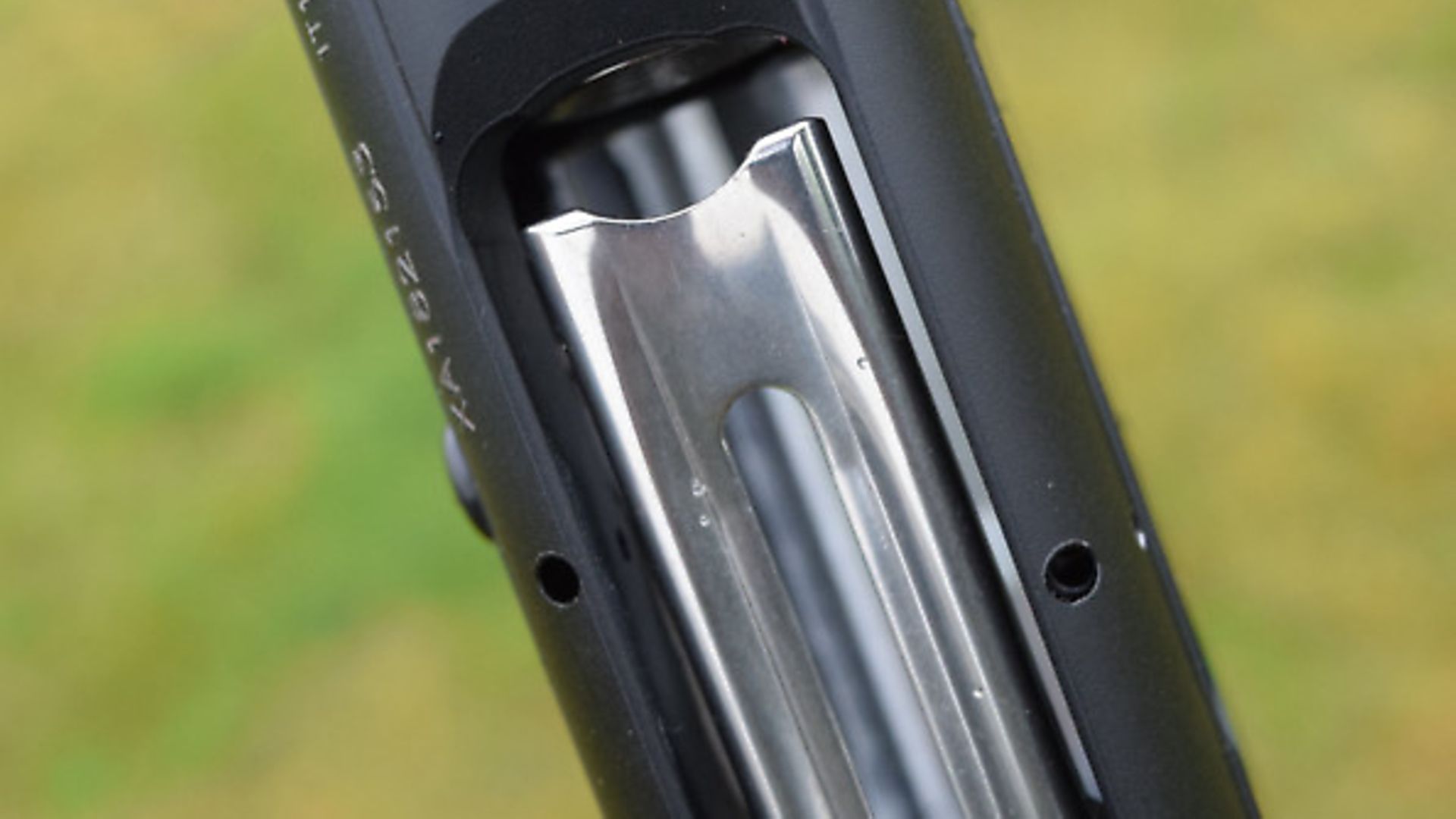 credit: Archant
credit: Archant
BACKGROUND
We have an intriguing new gun for test this month: a Beretta Model A400 Ultra Lite in 12-bore with a short, 26”, Optima HP multi-choked barrel. The RRP is £1,740 and the gun – also available in 28” form – really is light. The test specimen weighed in at just over 6lbs – featherweight by repeater standards. This impressive weight is achieved by combining the usual Beretta semi-auto alloy action with a shorter, profiled barrel and a narrow (6mm) carbon-fibre rib and a carbon-fibre grip cap. The woodwork is especially light as well. Timber has been specially selected and, internally, the butt has been redesigned to reduce weight. The gas mechanism is also very compact and simplified: there is no ‘rat’s tail’ at the back of the bolt or tube and plunger assembly in the butt (see Technical section) as in many semi-automatics.
First visual impressions are of a very smart-looking beast. It is understated. I really liked the appearance and cosmetics: top-class work that probably comes out of one of the Italian design houses. The black anodised action has some really good – not deep – laser engraving of woodcock. I thought it looked great and the best use of lasers applying this sort of thin, almost figurative, style of engraving I have seen. The overall form of the gun ticks the boxes too. Grip, comb and slim fore-end all feel comfortable. The safety and bolt-handle are both easy to operate (I thought the latter might have been a fraction bigger). The trigger is well shaped and – hooray! – not gold plated.
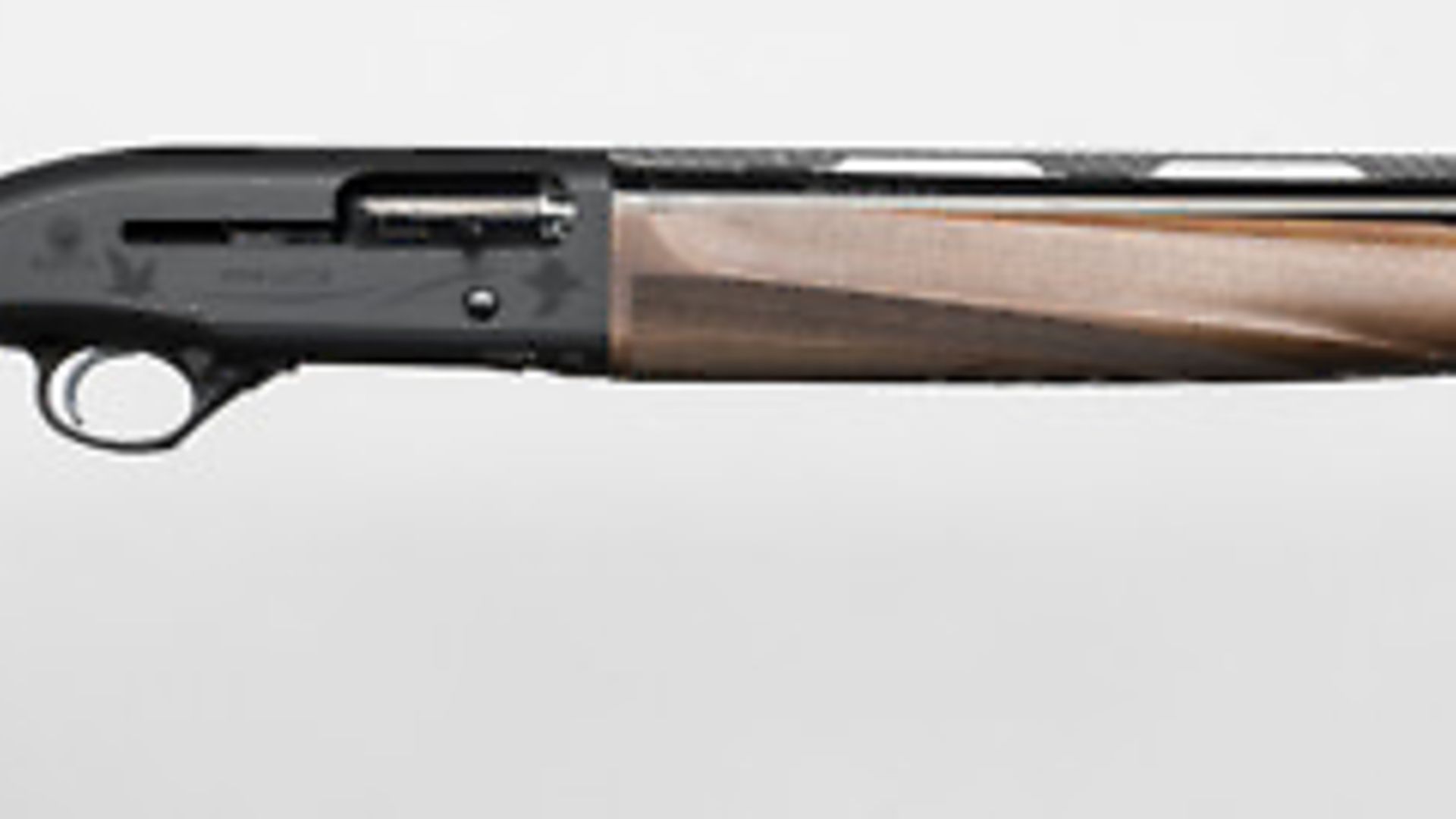 credit: Archant
credit: Archant
The Ultra Lite feels great when you first mount it. Light guns often do, but I was pleasantly surprised by how pointable and controllable this A400 felt, even with its short barrel. This is definitely an evolved design. My only significant initial criticism was that the grain of the stock wood was a bit open. The test took place under wet and rather challenging conditions, and I noted early on that the rain was staining the stock a bit. A new owner would be well advised to use a product like Clive Lemon’s CCL to develop the stock finish. Now, some people actually enjoy rubbing their guns, but I have to say that this should not really be necessary on a new gun.
The stock, which has a length of pull of 14¼”, is otherwise excellent. The length of pull might easily be extended without serious gunsmithing by means of a thicker recoil pad. The one in place is only thin and light (10mm Micro-Core). But, you can get 15 and 20mm variants. So, I would say the standard length is about right for a field gun: it allows for a wide range of final lengths being achieved without gunsmithing (the pad-changing procedure requires no more than a Phillips screwdriver). The chequering patterns – again, cut by laser – were attractive and provided good purchase.
The butt was a little low out of the box (drop at heel was almost 2½”) but there are shims provided that would allow you to raise it without much bother. The Italians seem to favour stocks shorter and lower in the comb than we do. This particularly applies to ‘field’ guns. This is not such an issue when your shooting is predominantly walking-up over dogs, as most game shooting in Europe is, but becomes more of an issue when shooting birds at higher angles, as one might well need to do when wildfowling or shooting from a hide. Anyway, there is nothing here that might not be easily altered. I don’t see this gun – or any semi – going to many driven shoots, but if you did take it into traditional company, it wouldn’t startle; the action finish/decoration and wood (I especially liked the colour as well as the form) are close to most sportsmen’s ideal.